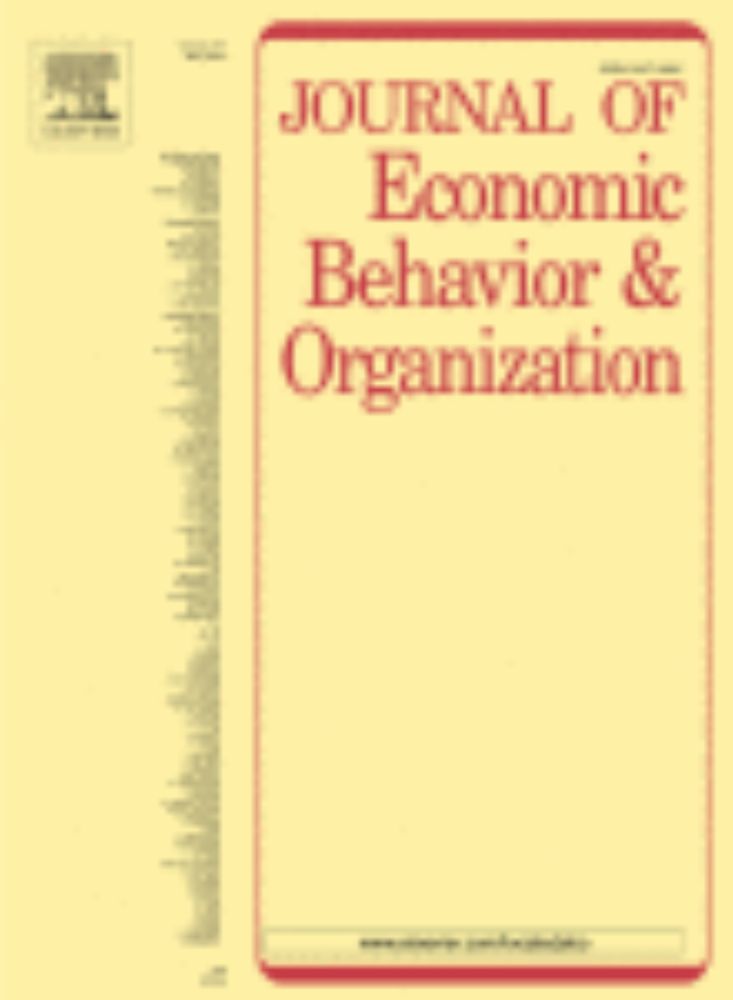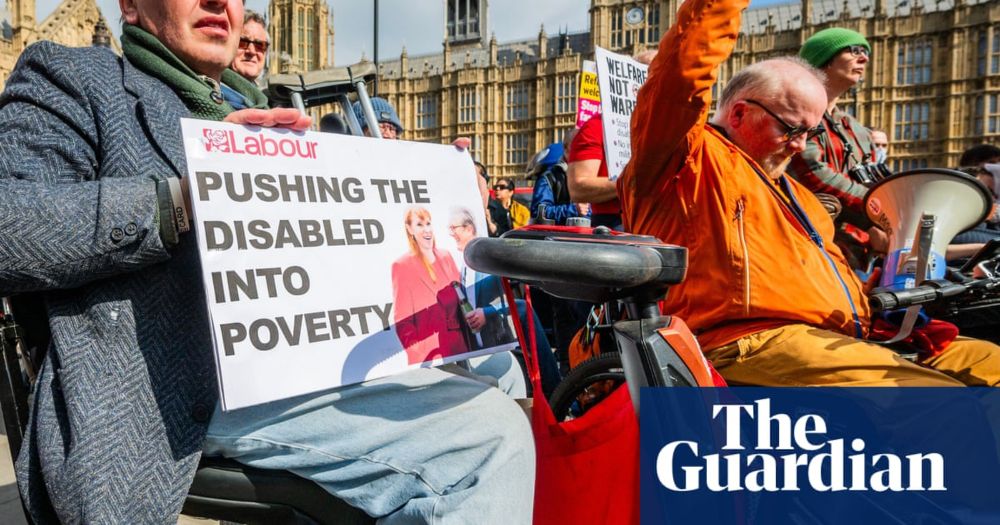Cara Leavey
@caraleavey.bsky.social
150 followers
250 following
10 posts
Public health PhD at Newcastle Uni // Interested in young people, work and health inequalities // Occasional policy bits for @healthequitynorth.bsky.social
Posts
Media
Videos
Starter Packs
Reposted by Cara Leavey
Reposted by Cara Leavey
Annie Irvine
@annieirvine.bsky.social
· Aug 26
Reposted by Cara Leavey
Louise Murphy
@louisemurphy.bsky.social
· Jun 24
Reposted by Cara Leavey
Jessica Elgot
@jessicaelgot.bsky.social
· Jun 23
Reposted by Cara Leavey
Tom Pollard
@pollardtom.bsky.social
· Jun 18
Reposted by Cara Leavey
Reposted by Cara Leavey
Reposted by Cara Leavey
Dave Vetter
@davidrvetter.bsky.social
· Apr 24

“And Breathe Normally”: Impacts of low emission zones on sick leave and mental well-being
Air pollution poses a global concern due to its detrimental effects on climate, healthcare, and human capital accumulation. However, there is limited …
www.sciencedirect.com
Reposted by Cara Leavey
Reposted by Cara Leavey
Reposted by Cara Leavey
Cara Leavey
@caraleavey.bsky.social
· Mar 11
Comparing incomes when needs differ: Equivalisation for the extra costs of disability in the UK
Equivalisation of incomes for household size and composition is accepted practice when measuring poverty and inequality; adjustments to take account of other variations in needs are rarely made. This paper explores the financial implications of one possible source of additional needs: disability. Using two UK household surveys, we seek to establish whether there are extra costs of living associated with disability, and to quantify them using the ¿standard of living¿ approach. The underlying theory is that a household¿s standard of living is a function of income and needs. The extra costs of disability can be derived by comparing the standard of living of households with and without disabled members at a given income, having controlled for other sources of variation. Results show that the extra costs of disability are substantial, especially for disabled people living alone, and that these costs rise with severity of disability. To bring out the policy implications of these results, we compare and contrast three different income distributions which differ in their adjustment for the extra costs of disability, for the population as a whole and for various subgroups. We find that unadjusted incomes significantly understate the problem of low income amongst disabled people, and thereby in the population as a whole.
sticerd.lse.ac.uk
Reposted by Cara Leavey
Craig Berry
@craigpberry.bsky.social
· Mar 11
Reposted by Cara Leavey
Reposted by Cara Leavey
Cara Leavey
@caraleavey.bsky.social
· Feb 20

Changes in unemployment and permanent sickness in England’s East Midlands coalfields, 1971–2011
The UK coal industry was an important part of the economy, but it experienced substantial job losses during the 1980s and 1990s. To alleviate the resulting socio-economic problems, many areas recei...
www.tandfonline.com
















